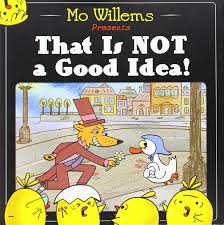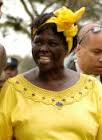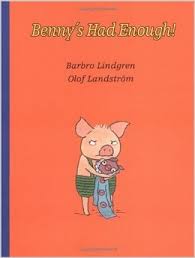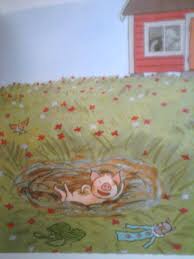Here are some Astronomy links that I curated for two purposes. I work at a Montessori school. Many teachers were introducing the “First Great Lesson” which, in Montessori, focuses on how the Universe began. Children were using every material I had available in the library. One of the teachers sent home a paper hand-out with a long list of URLs to helpful websites. I curated the links onto our school library’s website so they would be easier to access then typing in lengthy http://www……address. The collection below is culled down to the ones I thought were the better resources so I could complete an assignment for my SLIS program. In addition I added two videos about the Moon from online resources that use music to teach academic content.
Using music in the classroom was just about one of my all time favorite (and effective) activities in the classroom.
*StarChild*: A Learning Center for Young Astronomers
Star Child site is the service of an organization called High Energy Astrophysics Science Archive Research Center (HEASARC) which is an archive for NASA and other space agencies, making it a reliable resource. In brief, the website features a simple homepage, much like that of Symbaloo, that offers tiles to click on. These tiles then take you to the content. Science topics offered are Solar System, Universe, Space Stuff and Glossary. What makes this site great to use is that it offers access to the same basic information on these topics, but can be geared to different reading levels. Level 1 is simpler in format (about a 730L in Lexile) and has the option of being read out loud. Level 2 is geared to older students and Lexile shows to be about a 1090L. Both levels offer hotlinks of vocabulary that connects to more content. There is also another option included on the homepage to a site called “Imagine the Universe” that brings the viewer to a site appropriate for viewers age 14 and up. It is a quality resource in that it delivers the same content, but makes effort to addresses the different reading levels of different learners. While the content can be very comprehensive, depending on how far “down the rabbit hole” of hypertext student will click, but the navigation remains smooth and easy to handle. http://starchild.gsfc.nasa.gov/docs/StarChild/StarChild.html
The HubPages – Cool Space Facts for Kids
A simple layout, it just reads vertically down, this site is a collections of facts about the solar system, planets and moon. The Lexile on this site, averaging at about a 1030L makes it more appropriate for upper elementary. The downside is that the site is just what it says it is: cool facts. It offers access to basic knowledge such as density, rotation time and revolution of all the planets, distance from the sun, temperature, etc. It is written in a straightforward way and offers a few pictures, but it is mainly just a simple collection of facts. Information compiled by Teresa Coppens.
http://hubpages.com/hub/Cool-Space-Facts-for-Kids
Phases of the Moon (Rock version) – 4 min. 2 seconds
This is a very catchy video of that presents information on the phases of the moon through music, visuals and lyrics. It reinforces science concepts taught in school. The philosophy of the organization that created this video (Songs of Higher Learning) is that music offers a different mode of learning and increased retention of material. I have to strongly agree! The song is sung by one voice, but the chorus is sung by young voices, even more appealing. Repetition of the lyrics help to reinforce the vocabulary.
https://www.youtube.com/watch?v=c4zpRmUdu7I
Songs of Higher Learning unfortunately lost their website, but can be found on MySpace. Hope they churn out more songs.
Flocabulary – Moon Phases – 4 min. 47 seconds
An educational hip-hop song that explains the phases of the moon, teaching the vocabulary related as well. It is a really well produced song, with nicely done lyrics and soothing music.
https://www.youtube.com/watch?v=xBc8QHSsFgE
Update: Flocabulary only available through subscription services.
Flocabulary, much like Songs of Higher Learning is dedicated to enriching curriculum through song. Coming to you out of Brooklyn, I would HIGHLY recommend checking out the Flocabulary blog (http://blog.flocabulary.com) as it has some excellent articles, research, teacher exchanges and spark some ideas for things like writing and incorporating content from all subject areas, from science to digital literacy. Flocabulary has been working with Common Sense Media, The City University of New York (CUNY) and NYS Higher Education Services Corporation (HESC) to produce videos. YouTube offers the videos for free, but a more detailed subscription can be purchase which offers printable lyrics, lesson plans and activities. (http://www.flocabulary.com/moon-phases/)



 Atom in the Universe. 240 p. Black Dog & Leventhal Publishers, NY. 2009. ISBN: 978-1-57912-814-2. Pictures by Theodore Gray and Nick Mann.
Atom in the Universe. 240 p. Black Dog & Leventhal Publishers, NY. 2009. ISBN: 978-1-57912-814-2. Pictures by Theodore Gray and Nick Mann. oon
oon




